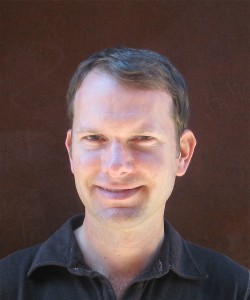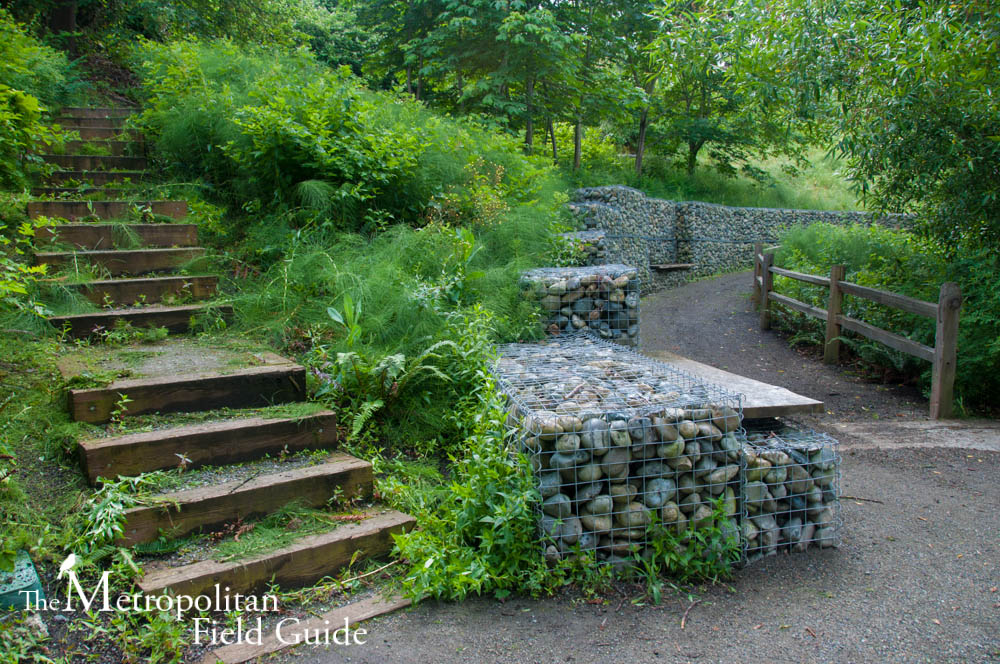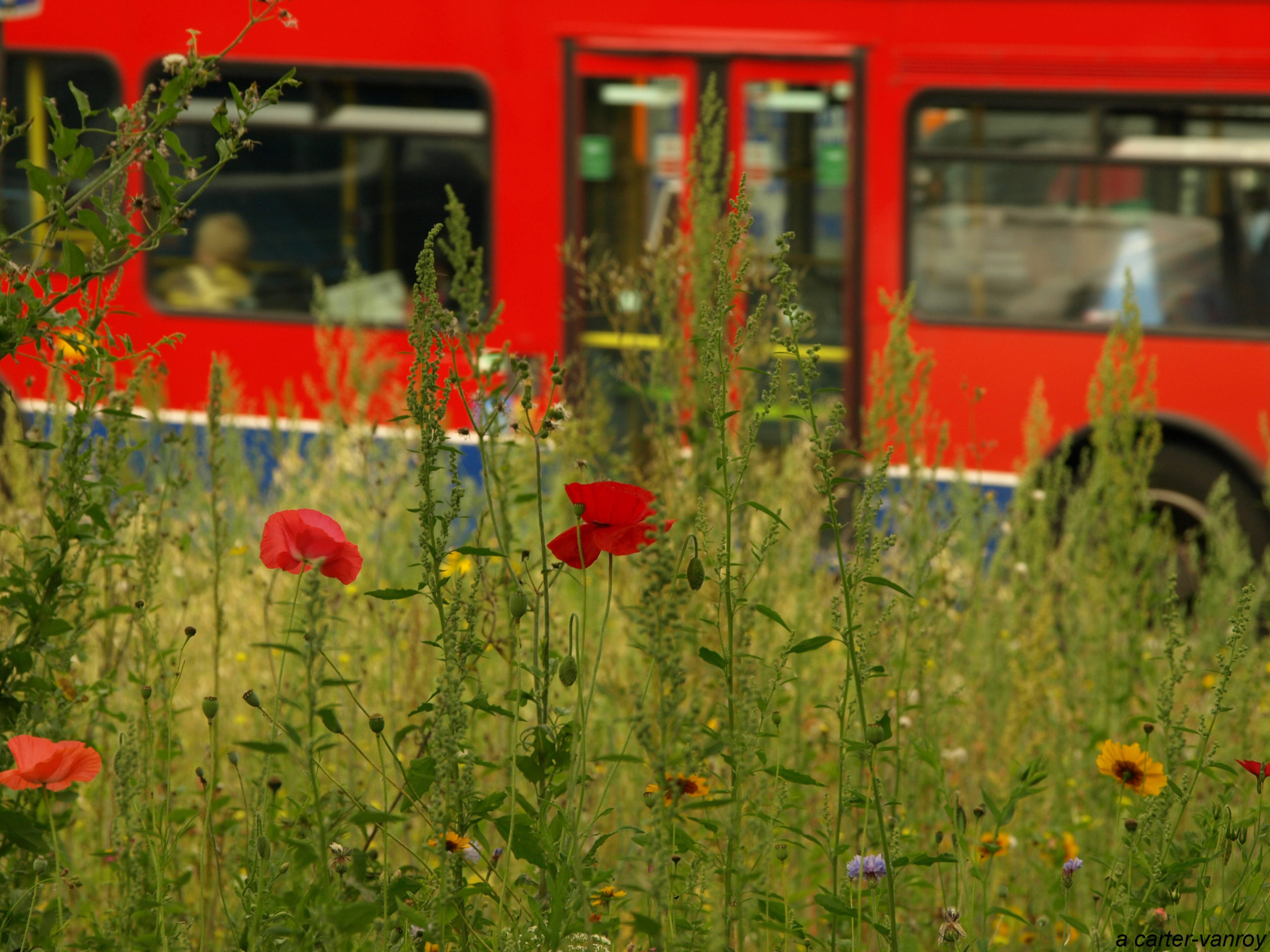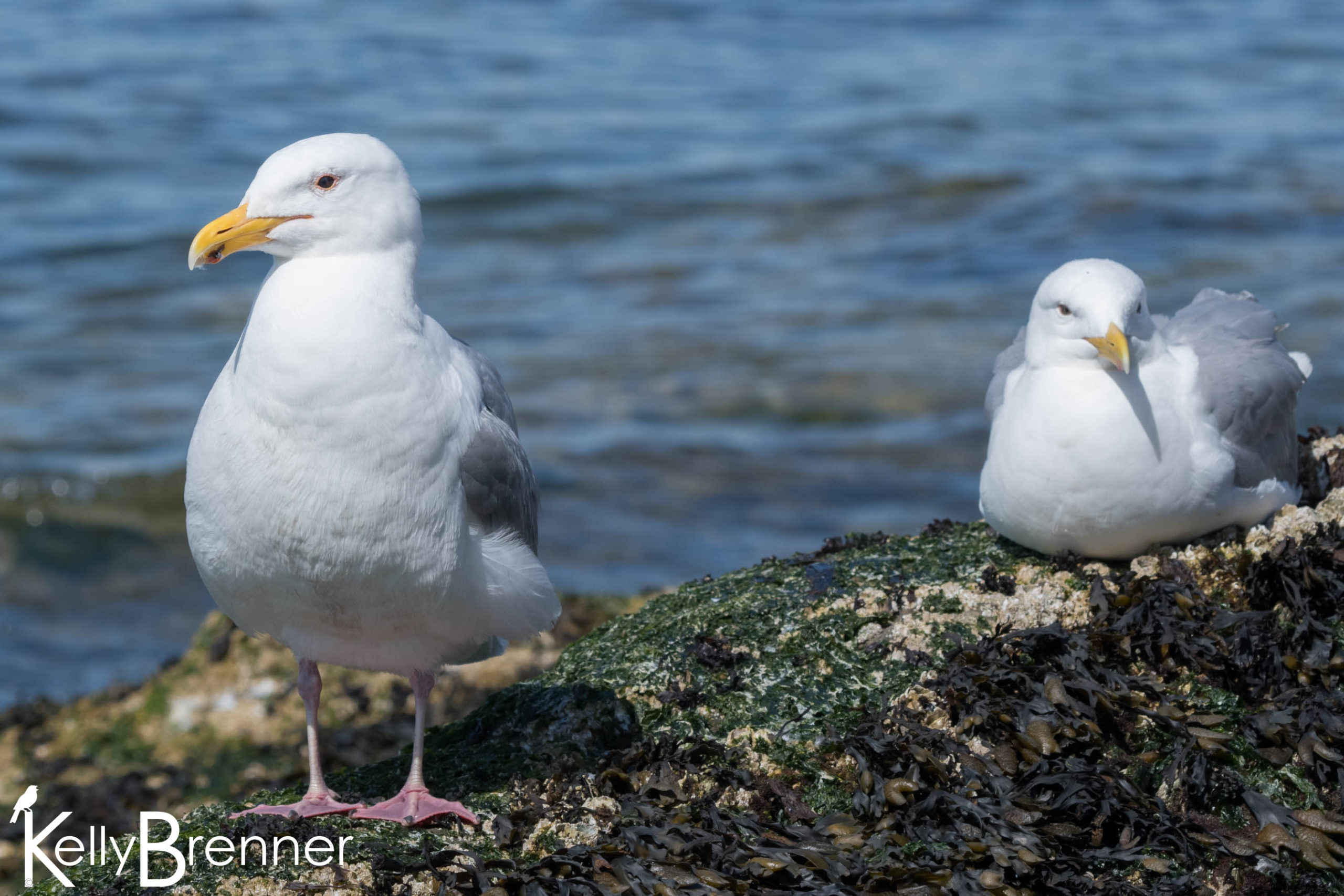
Travis Beck
Travis Beck is author the newly published Principles of Ecological Landscape Design, which I recently reviewed. He kindly agreed to an interview so I could ask him some questions about his book, what inspired him and his views on the current state of Landscape Architecture.
What inspired you to write this book?
For a long time I asked myself, “What would a designed landscape that was truly based on ecological principles look like?” I kept looking for a book that would answer that question. Eventually I set out to write it myself.
What ‘natural’ landscapes inspire you most?
Right now I am fascinated by the dunes along the Atlantic coast. I love their spare beauty and the tough plants that inhabit them—beach grass, seaside goldenrod, beach heather. Plus, in the wake of Superstorm Sandy we’ve seen how well dunes performed at protecting the communities that had preserved or developed them. And, for me, their shifting durability is a living metaphor for ecological design more generally.
How did you find all of the case studies in your book? Is there some magical ecological landscape database?
Finding the case studies for the book was somewhat providential. In some cases I heard someone speak (as with Chris Reed and Riverside Park). In others (such as the Olympic Sculpture Park in Seattle) I visited a project in person. And in some cases I just called up somebody who I knew was doing good work (like Neil Diboll of Prairie Nursery). Writing a book gives a person tremendous license to make cold calls.
You focus mostly on US examples in your book, but are you aware of other countries which also have some good ecological designs?
Absolutely. The work of James Hitchmough and Nigel Dunnett in England, which I just touch on briefly in the book, is very rigorous and smart, not to mention beautiful. The Naturpark Schöneberger Südgelände in Berlin is a marvelous example of managed succession. Kongjian Yu’s work in China, of which there is more and more all the time, is rightly getting a lot of attention. I hope to travel to some of these places and see them in person. I might have to write another book!
How do you think Landscape Architecture has changed ecologically since Fredrick Law Olmsted first started designing?
I just visited the Fens in Boston recently, part of Olmsted’s Emerald Necklace there. It’s a large-scale piece of green infrastructure, very contemporary in its approach, though much less functional today due to changes on the Charles River. So I would say there is a thread of ecological design running through the entire history of the discipline. Ecological science has advanced a lot since the middle of the 19th century, however, and designers can take advantage of that, both by studying on their own and by collaborating with ecologists to plan projects in truly functional ways.
Do you think collaborations between many professions such as ecologist, biologists, designers, engineers, etc. is a nice idea or absolutely necessary for successful ecological design?
When you can arrange it, it’s great to get the opinion of specialists. I think it’s especially important for designers to understand the ecological issues they’re trying to influence in a precise way and to set some measurable goals. But successful ecological design is possible even without a dream team of consultants through careful observation, thoughtful planning, and ongoing management.
Why do Landscape Architects currently think of ecological design as a type of design and not as part of every design?
That’s a great question. I think things are changing, however. Consider how common it is now to manage stormwater in the landscape. Twenty years ago that was not the case! The Sustainable Sites Initiative too has made ecosystem services its centerpiece and will influence more and more projects. At the same time municipalities are enacting periodic water restrictions and more permanent regulations on pesticide and fertilizer use. All of this is moving the whole landscape industry in a more sustainable direction.
Are you optimistic about the future of Landscape Architecture and Landscape Design in terms of ecological design?
I am. I have been very pleased with the positive reception the ideas I present in the book are getting. And every time I talk with people about it, they’re able to tell me about projects of theirs that incorporate this sort of thinking. I think this is what is meant by Zeitgeist.
Is the scientific research in this area increasing over recent years?
There’s a lot of great research being done in the restoration community. The urban ecologists are coming up with intriguing and relevant findings too. There is a lot more room, however, for collaboration between researchers and practitioners on design and management questions in the built environment. How can green streets most effectively improve water quality? What factors influence the success of habitat plantings? How can we best manage invasive species in urban forests? Alex Felson in the Urban Ecology and Design Lab at Yale is doing good work on bridging the divide between research and practice.
As a blog which focuses on urban wildlife habitat, I have to ask, how important (or not important) do you think adding habitat to the city is?
There are many reasons that including habitat in the city is important, including allowing animals to act as emissaries to city dwellers from a larger nature. Here in New York City coyotes and even beavers are returning to the city and people are excited! The urban fauna will always be cosmopolitan, and we shouldn’t expect it to serve as a substitute for endemic populations that are threatened by further development. I think the most important aspect is to integrate cities within a larger network of interconnected habitats. Where high value habitats remain, keep them as open spaces. Where corridors are missing links, build them as greenways, parks, etc. We can create a built environment that helps us coexist with other living organisms.
Any predictions on how habitat will be incorporated into the urban fabric in the future?
As we get better and better at building green roofs I think we’ll see examples that also provide valuable habitat for insects, birds, and perhaps even small mammals. Also, green infrastructure is absolutely compatible with habitat creation, so as raingardens, bioswales, and constructed wetlands become more widespread we’ll see more and more habitat appearing that way. Finally, I think many cities are finally appreciating their forest fragments and other remnant habitats and putting efforts into managing invasive species and restoring them to a higher level of ecological function.
What book(s) are on your shelf (besides your own) that you wish every designer had also on their shelf?
I just read a great book called Rambunctious Garden by Emma Marris that offers a manifesto for 21st century conservation. She has a provocative vision for landscape designers in our time–to make more nature. It’s a phrase I’ve started using to describe much of what I do.







Kelly, excellent interview! I enjoyed your review so this book is on my list. I am thrilled to see threads of my nature-making project in this conversation — I’m on the right track. I hope you will conduct more interviews, maybe with a podcast option.